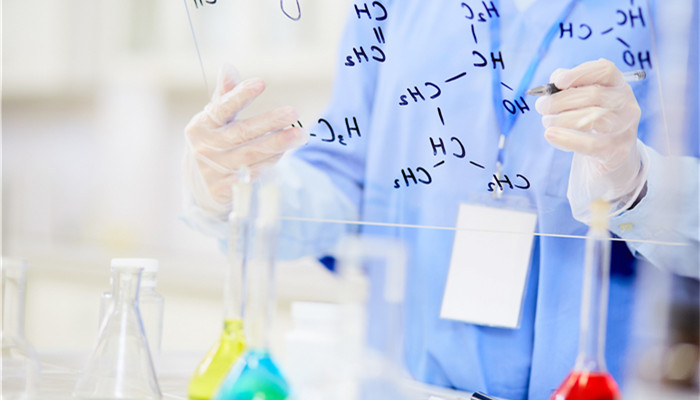
The enthusiasm for research and development of high-temperature proton exchange membrane (HTPEM) continues to increase, and the industrialization process will be accelerated.
High-temperature proton exchange membrane (HTPEM) has the characteristic of operating in the temperature range of 100-200°C. It is the core component of high-temperature proton exchange membrane fuel cell (HT-PEMFC). It determines the performance and use of high-temperature proton exchange membrane fuel cell to a certain extent. .
High-temperature proton exchange membrane fuel cells (HT-PEMFC) are a class of forward-looking fuel cell technology that are superior to low-temperature proton exchange membrane fuel cells in terms of fuel flexibility, carbon monoxide tolerance, water management capabilities, durability and service life. In recent years, as the energy conversion process accelerates, the high-temperature proton exchange membrane fuel cell market has ushered in development opportunities. As the core material of high-temperature proton exchange membrane fuel cells, the high-temperature proton exchange membrane market has also attracted increasing attention.
Proton exchange membrane (PEM), also known as ion membrane, is widely used in chlor-alkali, fuel cells, water electrolysis, energy storage batteries and other fields. In recent years, with the transformation of the global energy structure, the hydrogen energy and hydrogen fuel cell industries have developed rapidly, which in turn has driven the continuous release of market demand for proton exchange membranes. Globally, proton exchange membrane suppliers include DuPont, Gore, Asahi Glass, Asahi Kasei, 3M, Dongyue, etc. At present, my country’s proton exchange membrane market is dominated by foreign companies, and the proportion of domestic products is constantly increasing.
At present, perfluorosulfonic acid membrane is the mainstream proton exchange membrane material. It has problems such as high production cost, easy chemical degradation at high temperatures, and poor high-temperature proton conductivity. It cannot meet the industrialization needs of high-temperature proton exchange membrane fuel cells. In order to achieve efficient and stable operation of proton exchange membrane fuel cells, high-temperature membranes and composite membranes have become important directions for the future development of proton exchange membranes. Against this background, enthusiasm for the research and development of high-temperature proton exchange membranes is increasing.
According to the “2023-2028 China High-Temperature Proton Exchange Membrane (HTPEM) Industry Market In-depth Research and Development Prospects Forecast Report》 shows that high-temperature proton exchange membranes have not yet achieved industrial production, but based on its prospects, global enthusiasm for research and development of high-temperature proton exchange membranes is high. my country’s high-temperature proton exchange membrane-related R&D enterprises and institutions include Beijing Hyderlitz, Beijing University of Aeronautics and Astronautics, Shanghai High-temperature Proton Exchange Membrane Materials Research Center, and Bailikun Ai Hydrogen Energy Membrane Materials.
Industry analysts said that with in-depth research, my country’s high-temperature proton exchange membrane industry has achieved certain results. For example, Kunai Technology has developed a new generation of high-temperature fuel cell proton exchange membrane with ultra-high molecular weight and high-performance phosphoric acid-doped polybenzimidazole as the core, filling my country’s own technology gap in the field of high-temperature proton exchange membranes; Hyderlitz has High-temperature proton exchange membranes, high-temperature membrane electrodes, high-temperature fuel cell stacks, modular power generation systems and other independent intellectual property rights. With the launch of the new equipment production plant, Hyderlitz can produce 100,000 m2 of high-temperature proton exchange membranes and 120,000 pieces per year. High temperature membrane electrode.
The performance of proton exchange membranes can be improved through free volume, block copolymerization, composite doping, cationic functional group modification, chemical modification, and establishment of cross-linked structures. In recent years, thanks to the in-depth application of new materials and new technologies, the types of high-temperature proton exchange membranes have become increasingly diverse, including high-temperature proton exchange membranes based on new aryl polymers, aryl high-temperature proton exchange membranes based on phosphoric acid doping, and polyphenylene-based high-temperature proton exchange membranes. Composite high-temperature proton exchange membranes based on imidazoles, high-temperature proton exchange membranes based on polybenzimidazole derivatives, etc.

 微信扫一扫打赏
微信扫一扫打赏

